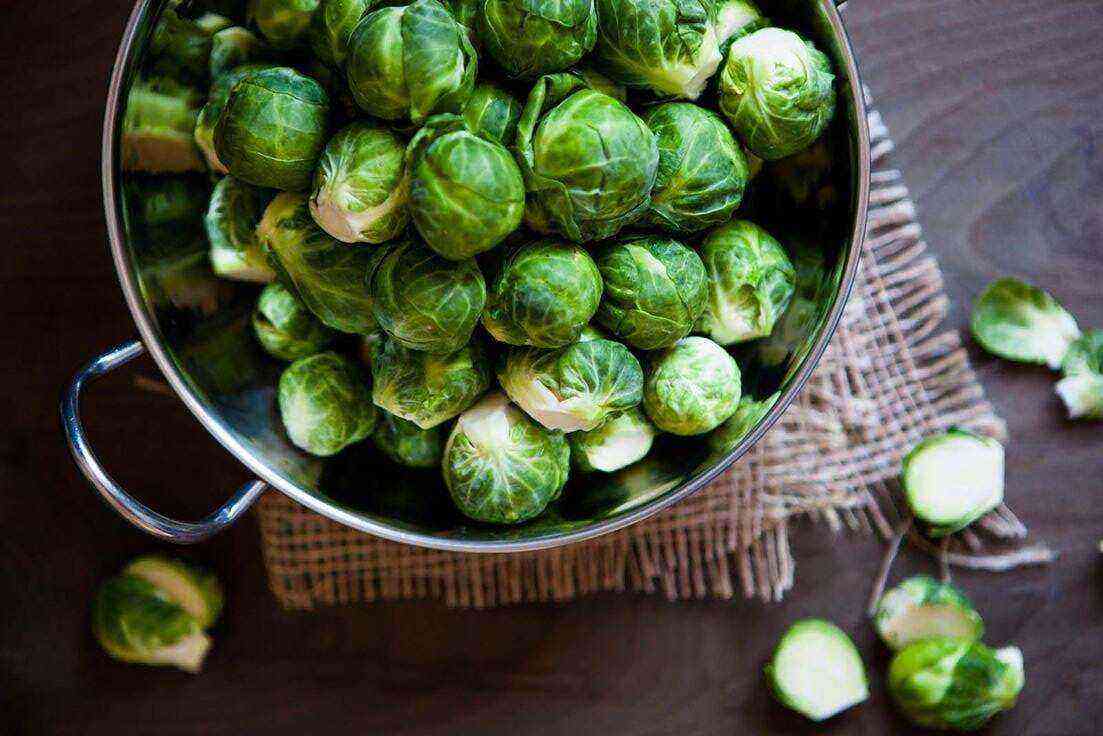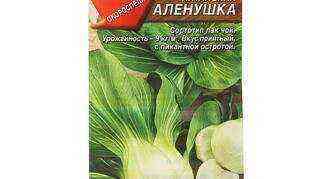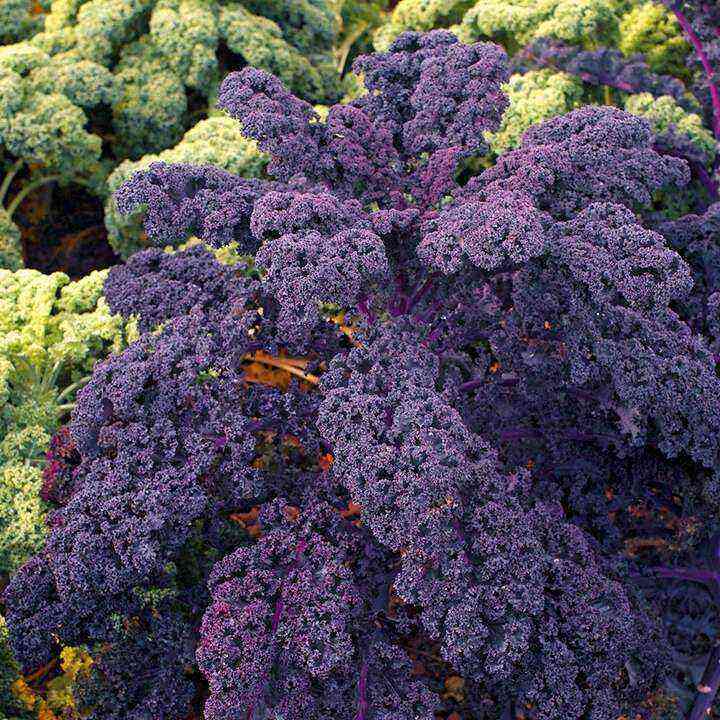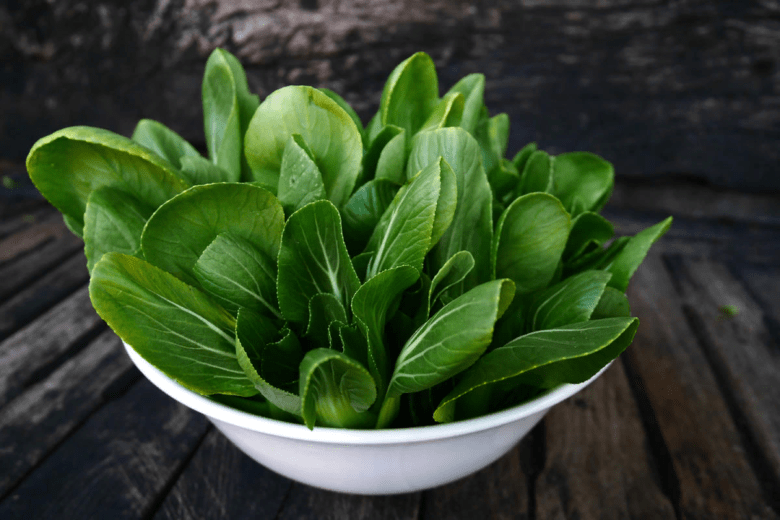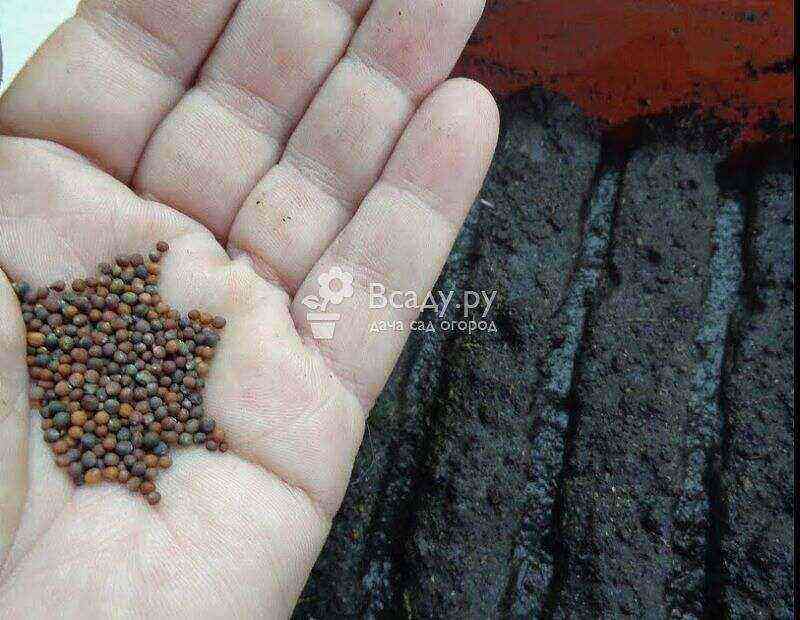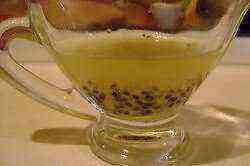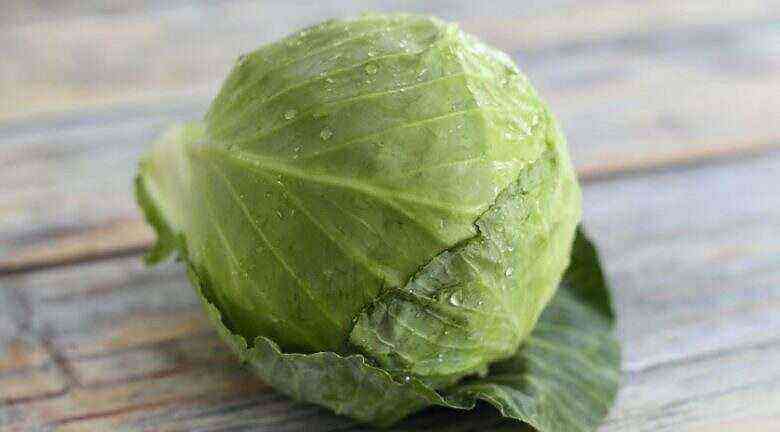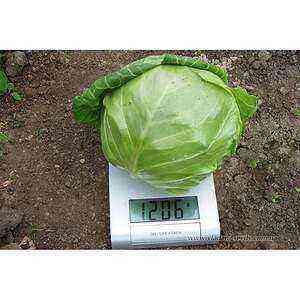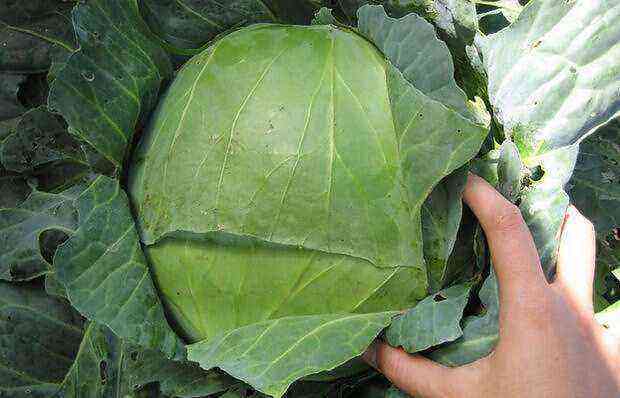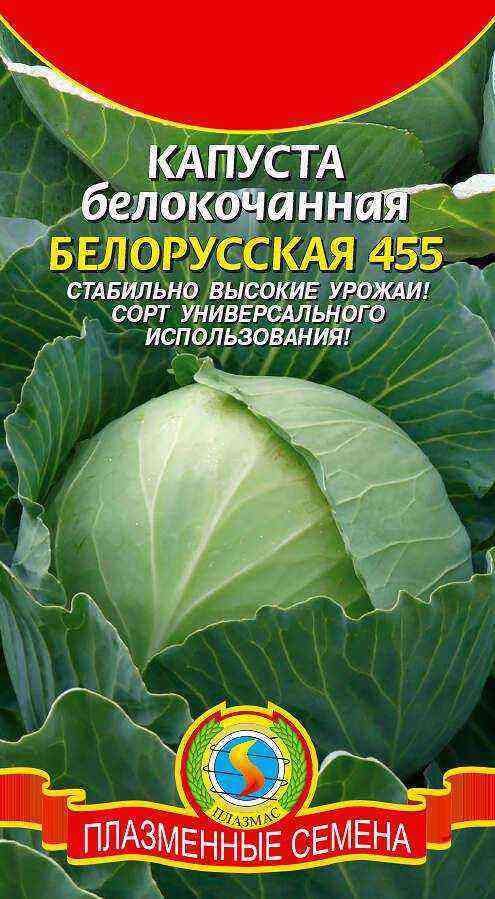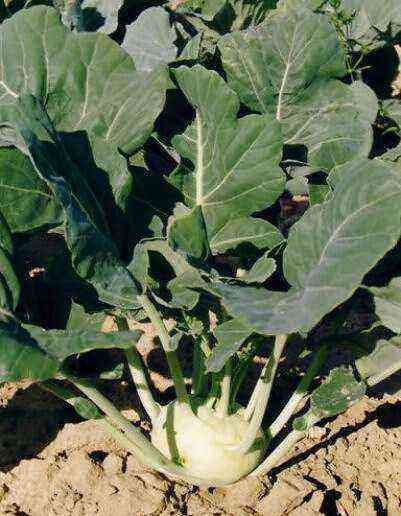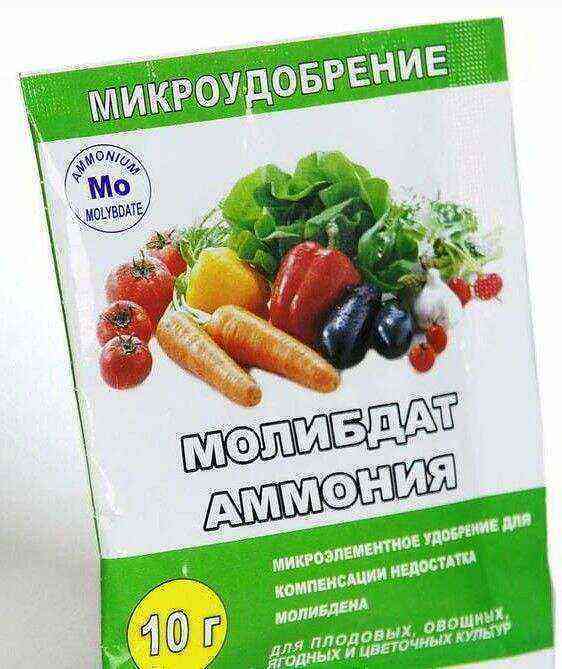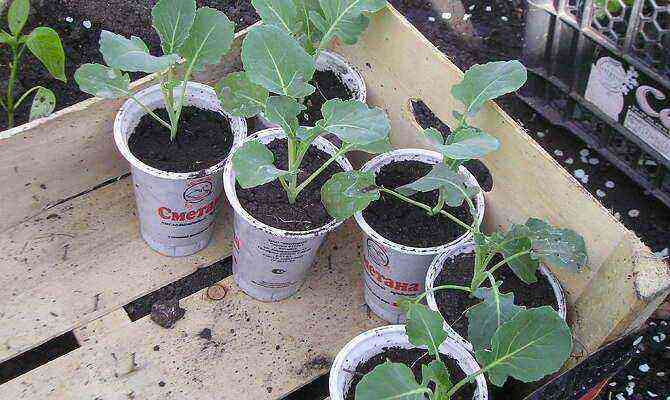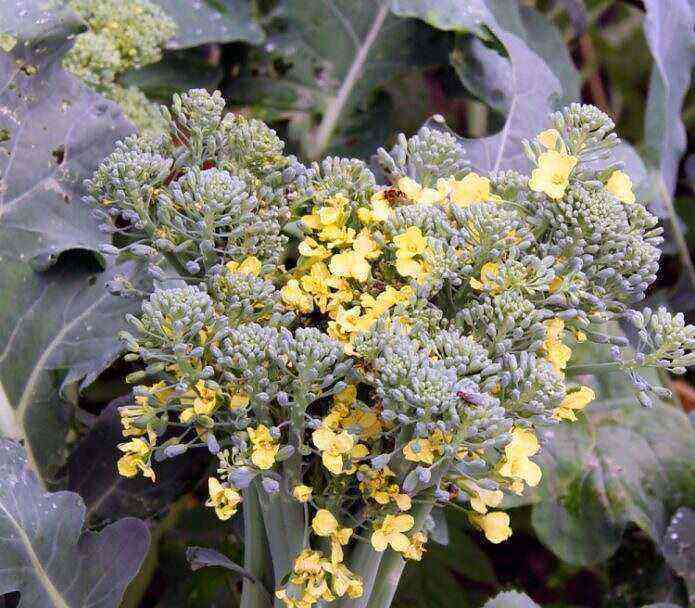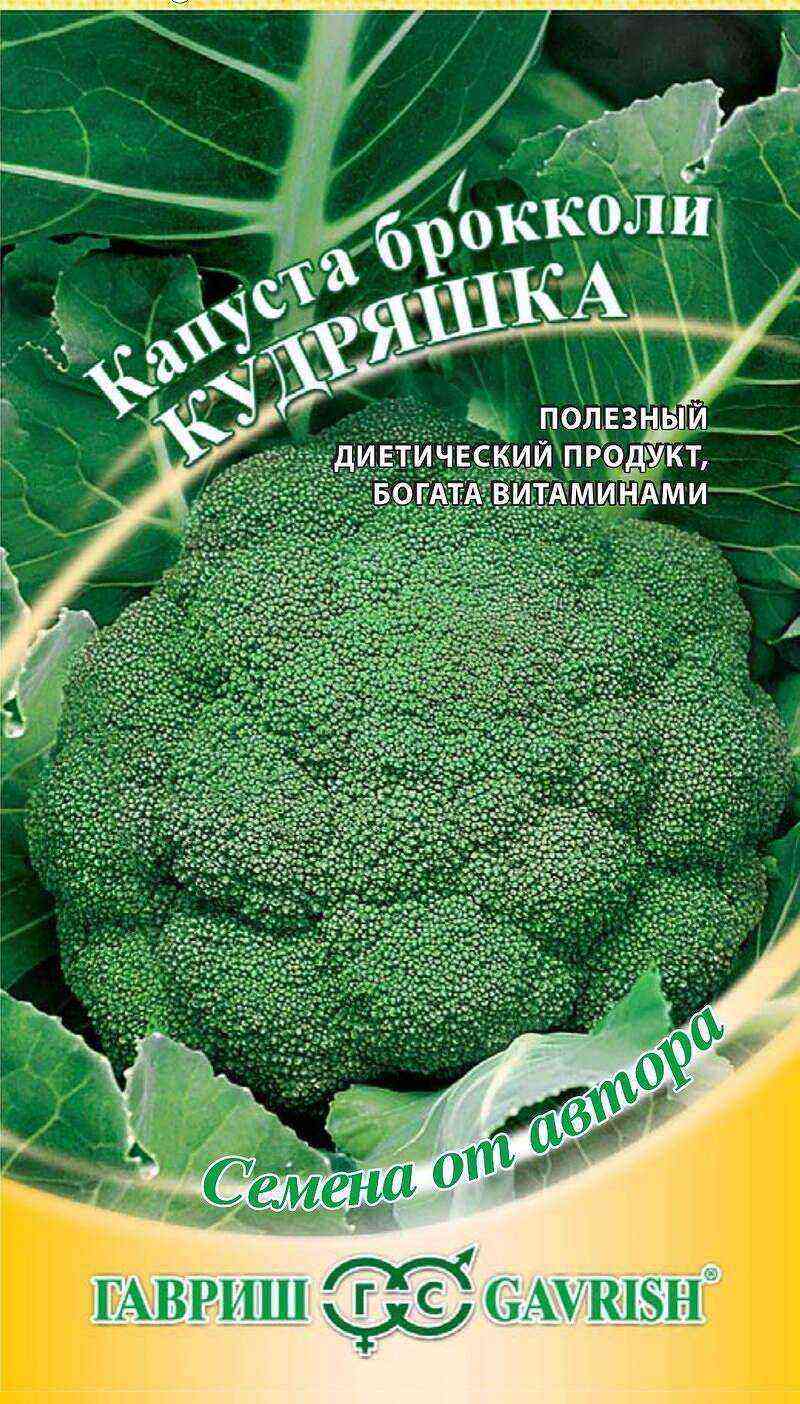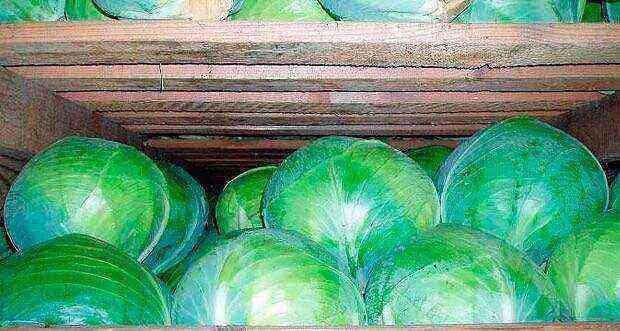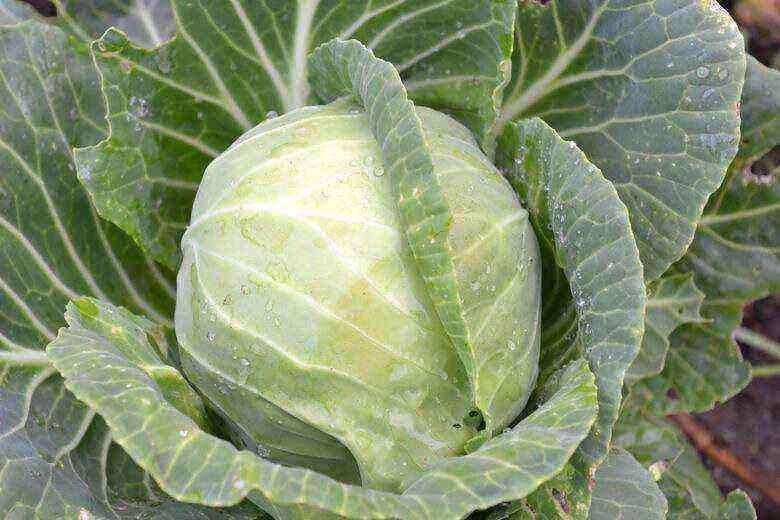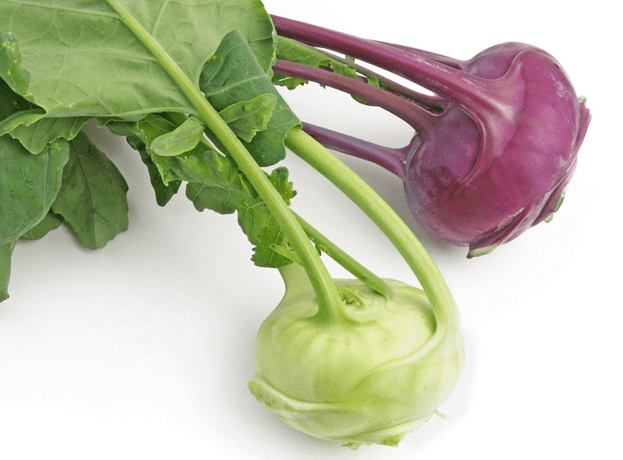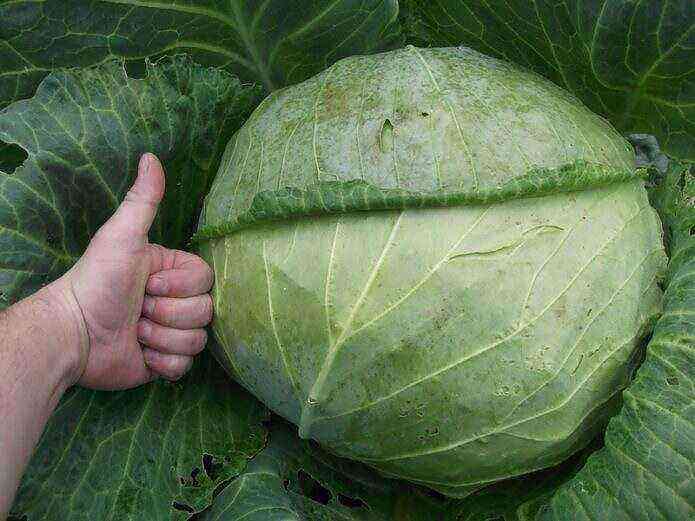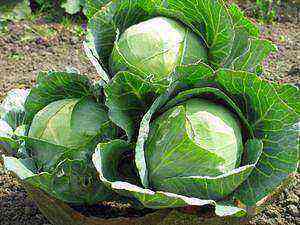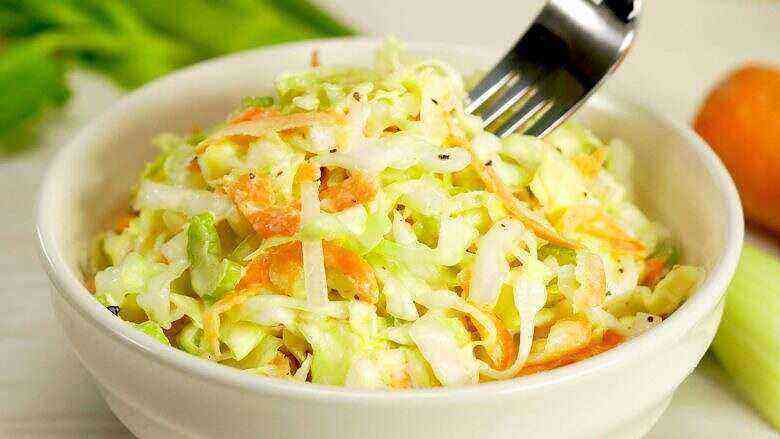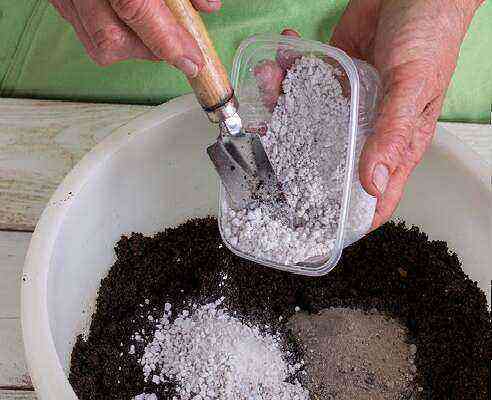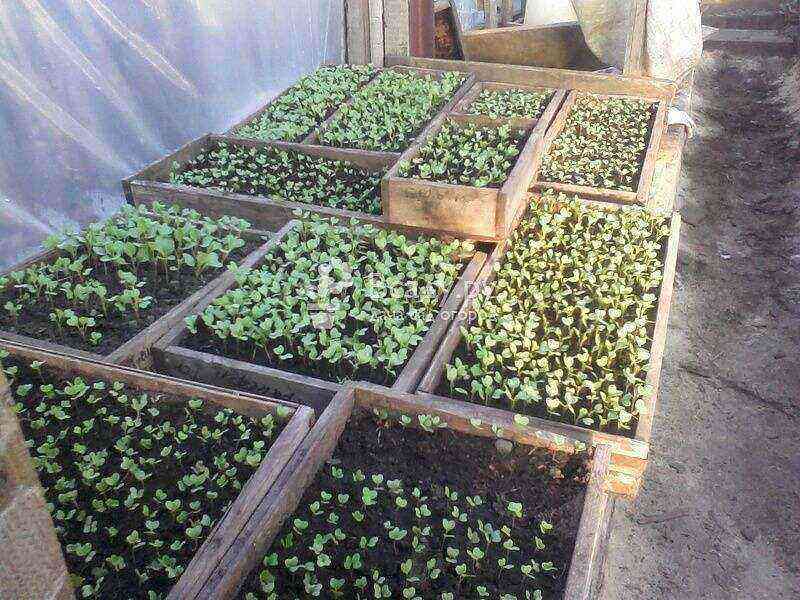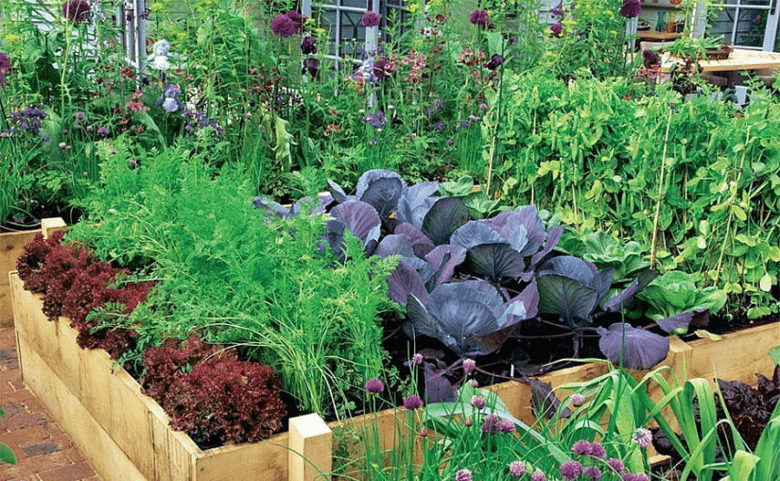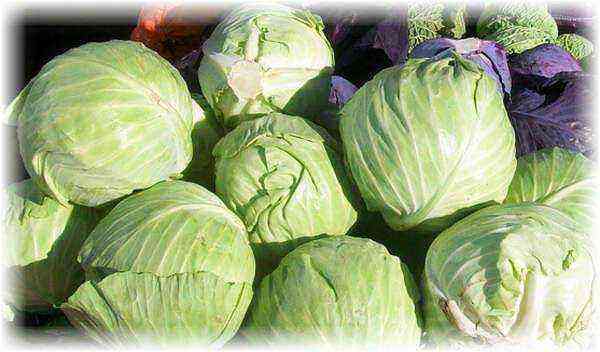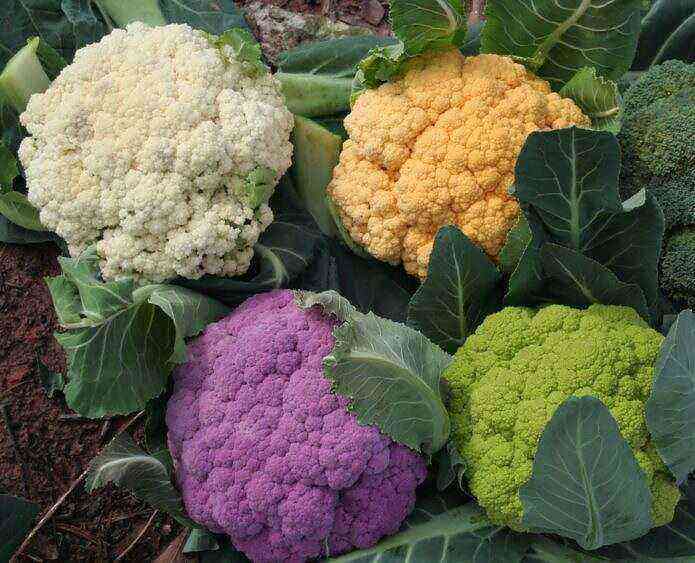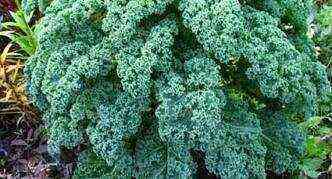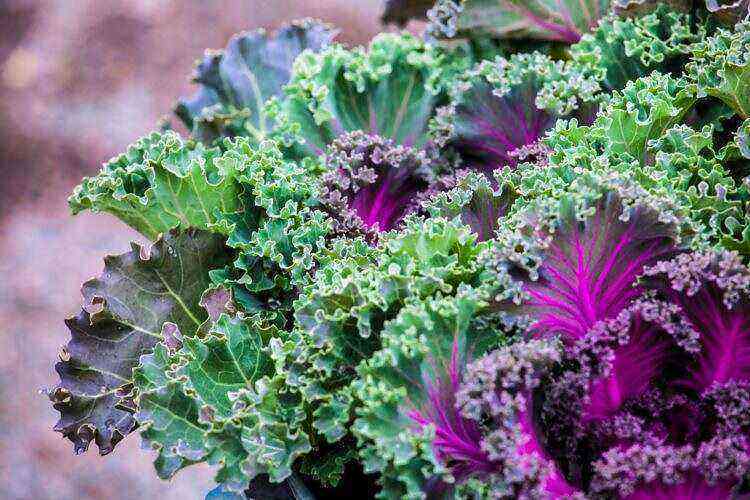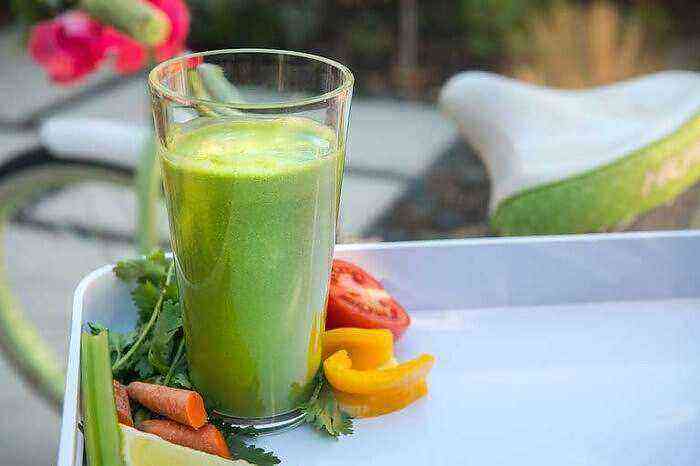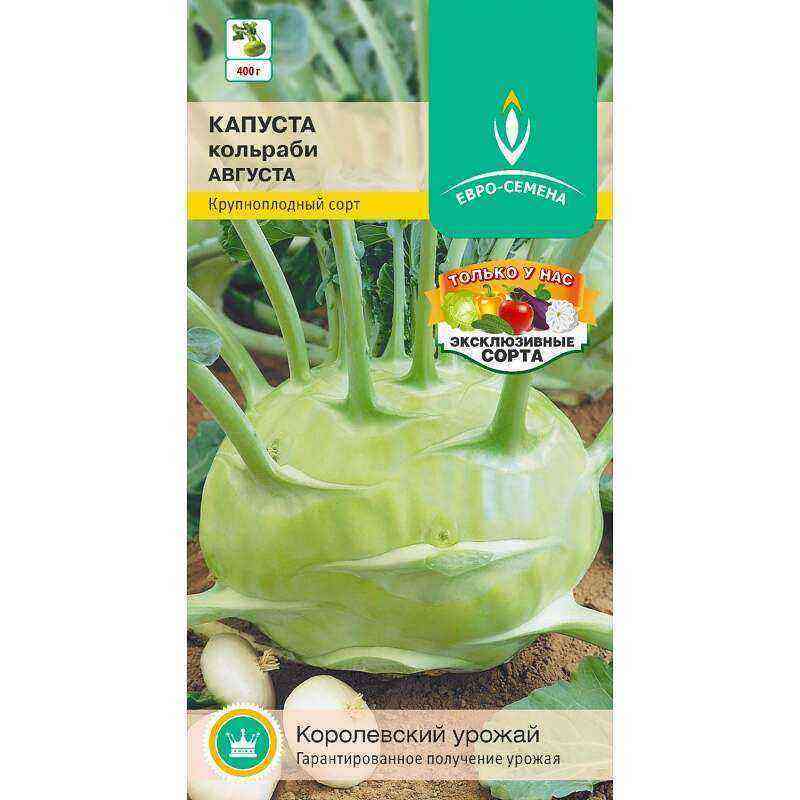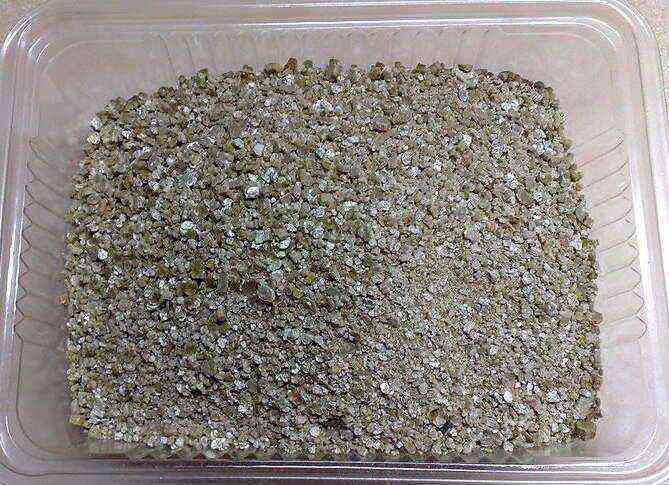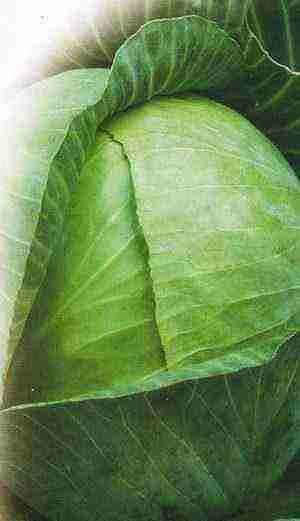Small dense heads of cabbage the size of a walnut, which are used in all dishes, have good gastronomic and dietary properties. They contain much more vitamin C than white cabbage.
Varieties and hybrids
F1 hybrids
Modern F1 hybrids are gaining popularity – they form small plants with a large number of equal-sized heads of cabbage, which are located along the entire height of the stem. All heads of cabbage become ripe at the same time, so it is convenient to make preparations from them for the winter, but this reduces the time for taking fresh vegetables.
But this disadvantage is often exaggerated – usually formed heads of cabbage remain firmly folded on the stem for 2 weeks.
Pyrgint is the most common variety. Medium-sized heads of cabbage form in October and can be harvested in November.
Oliver is an early prolific hybrid with high gastronomic properties. Harvested in November. Plants are short, but heads of cabbage are large.
Citadel is a late variety, ready to harvest in November. Small dark green cabbages are suitable for freezing.
Vigeon – bears fruit in the same time frame as the Citadel, but is more resistant to disease and has high gastronomic properties.
Sheriff – brings a large harvest of small heads of cabbage that do not have their characteristic bitterness after boiling. Not afraid of powdery mildew. In areas with warm winters ready for harvest in January and March.
Rampart is another late hybrid. Heads of cabbage do not open for a long time. Plants are tall, large heads of cabbage have high taste.
Fortress is a delicious late variety. Tall plants with strong dark green heads of cabbage, they are not afraid of cold snaps.
Dolmik is an easy-to-care variety that is not at all critical to soil and atmospheric conditions. In Western Europe, it does not bear fruit from late October to February.
Useful properties of Brussels sprouts
Brussels sprouts contain vitamins, minerals, carotenes and organic chemicals that help eliminate many diseases and improve the functioning of the whole body. Beta-carotene and vitamin C have powerful antioxidant effects. The components present in the vegetable protect against many diseases, especially against cancer of the digestive tract and lungs.
To protect yourself from breast cancer, rectal cancer, anemia, constipation, diabetes, bronchitis, you need to drink juice from this cabbage. With bronchitis and asthma, juice from celery, cabbage, radish and carrots is of great benefit.
The combination of juice with carrot, salad and green beans helps to improve the functioning of the pancreas. But it is important to remove concentrated starches and sugars from the diet and often cleanse the intestines with enemas.
Peculiarities of growing
Brussels sprouts have a long sprouting period, slow growth and development. It does not need a lot of heat, but it is hygrophilous, but it tolerates water scarcity better than other crops, thanks to the formed powerful root system.
The culture is not afraid of low temperatures. Plants with formed leaves are able to withstand cold snaps down to -8 degrees. The suitable temperature for pecking seeds is +24 degrees, for growth and formation – +19 degrees, at temperatures above +26 – the growth and development of cabbage is dulled.
Allows you to harvest on rich soil, supplemented with biological components. The reaction of the soil is weak or neutral; cabbage does not develop well on oxidized soil.
Also, cabbage loves light, cultivation in sunny or slightly shaded areas, fencing from the wind is most suitable. The ideal predecessors are legumes, pumpkin crops, and onions. Brussels sprouts are cultivated in the same garden in less than 4 years.
Crop care consists in ensuring simplicity in dry periods, timely impregnation and loosening of the soil. If necessary, actions are taken to eliminate insects.
On non-heavy soils, hilling is carried out, for the appearance of additional supporting roots. In the open field, sometimes supports are mounted to fix the plants. In July, foliar dressing can be done using instant stress without chlorine. On light soils, fertilizing with potash compost is possible.
For better air exchange at the end of August, all yellow leaves and loose ends are removed from the stems. Harvested in the fall, the ends are cut off if necessary when they are strong. After harvesting, the top of the plant can be added to food, and the stem is plucked along with the roots, placed in a dung heap, or dried and burned.
Now you know how to properly grow Brussels sprouts.
